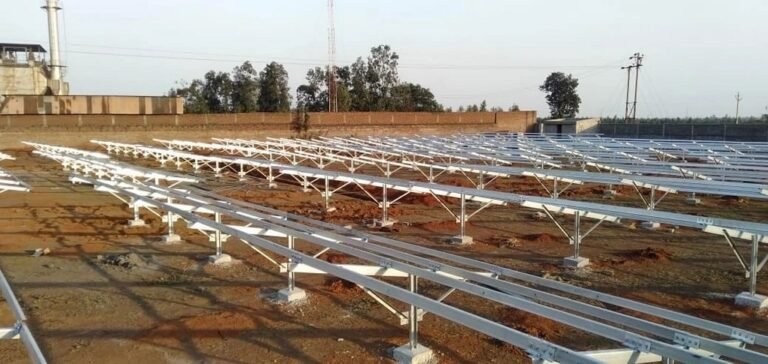Nickel
A Strategic Metal in Modern Industries
Nickel (chemical symbol: Ni, atomic number: 28) is one of the essential metals in today’s industrial world. This silvery, shiny, and corrosion-resistant metal plays a crucial role in the production of stainless steel, advanced batteries, high-performance alloys, and electronic industries. In the era of clean energy and modern technologies, nickel is recognized as one of the critical metals.
Nickel.
Physical and Chemical Properties of Nickel
Nickel is a hard, malleable, ductile, and oxidation-resistant metal. It possesses relatively high electrical and thermal conductivity and is also known for its magnetic properties. Nickel is commonly used in alloys with other metals to enhance the strength and durability of industrial components.
Chemically, nickel is most often found in the +2 oxidation state, and its compounds play a key role in many catalytic and chemical processes.
Sources and Extraction of Nickel
Nickel is found in the Earth’s crust in the form of sulfide and oxide ores. The two main types of nickel deposits are:
Sulfide deposits (e.g., pentlandite): Typically found in countries like Russia, Canada, and South Africa, these deposits often also contain cobalt.
Laterite deposits (e.g., garnierite): Mainly located in tropical regions such as Indonesia, the Philippines, and Australia.
Currently, Indonesia and the Philippines are the world’s largest nickel producers. China also plays a dominant role in the global nickel market through extensive imports and investments in foreign mines.
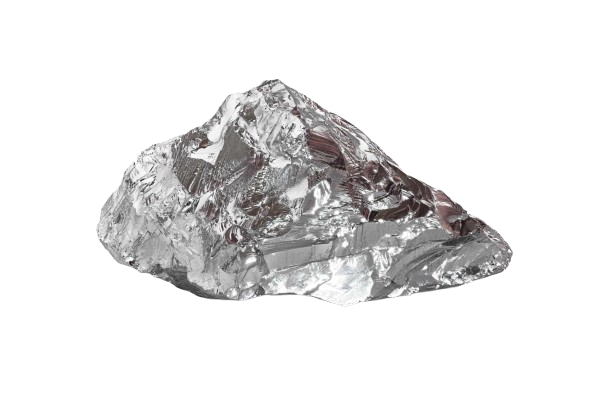
industry.
Industrial Applications of Nickel
Nickel is widely used across various industries, including:
Stainless steel production: Over 60% of global nickel output is used in the manufacture of stainless steel, which is essential in construction, medical, food, and transportation industries.
Battery manufacturing: Nickel is a key component in lithium-ion batteries such as NMC (Nickel-Manganese-Cobalt) and NCA (Nickel-Cobalt-Aluminum), used in electric vehicles and energy storage systems.
Special alloys: Nickel forms high-performance alloys with metals like chromium, molybdenum, and titanium, offering excellent heat and corrosion resistance—vital for aerospace and marine applications.
Catalysts and coatings: Nickel is used as a catalyst in chemical industries and in electroplating to produce corrosion-resistant coatings.
The Global Nickel Market and Its Future
The global nickel market has seen significant change in the past decade due to the rise of green technologies. The increase in electric vehicle production has driven demand for high-energy-density batteries, leading to a higher need for high-purity nickel (Class 1 Nickel).
Forecasts suggest that by 2035, global nickel demand could double, presenting major economic opportunities for countries with nickel reserves.
Nickel Recycling and Sustainable Development


Nickel is among the metals that can be efficiently and economically recycled from electronic waste, spent batteries, and stainless steel scrap. In industrialized nations, numerous companies are engaged in nickel recycling, playing a key role in reducing pressure on natural resources.
Developing recycling infrastructure is essential—both economically and environmentally—for ensuring a sustainable nickel supply chain.

The Middle East Region Position in Nickel Production and Consumption
Although The Middle East Region is not currently a major nickel producer, the country’s geological potential in rare elements and base metals opens up investment opportunities.
With the expansion of stainless steel industries, electric vehicles, and industrial battery production, domestic nickel consumption in The Middle East Region has been rising.
Investment in nickel processing, exploration of new reserves, and development of recycling units could position The Middle East Region as a regional player in this sector.
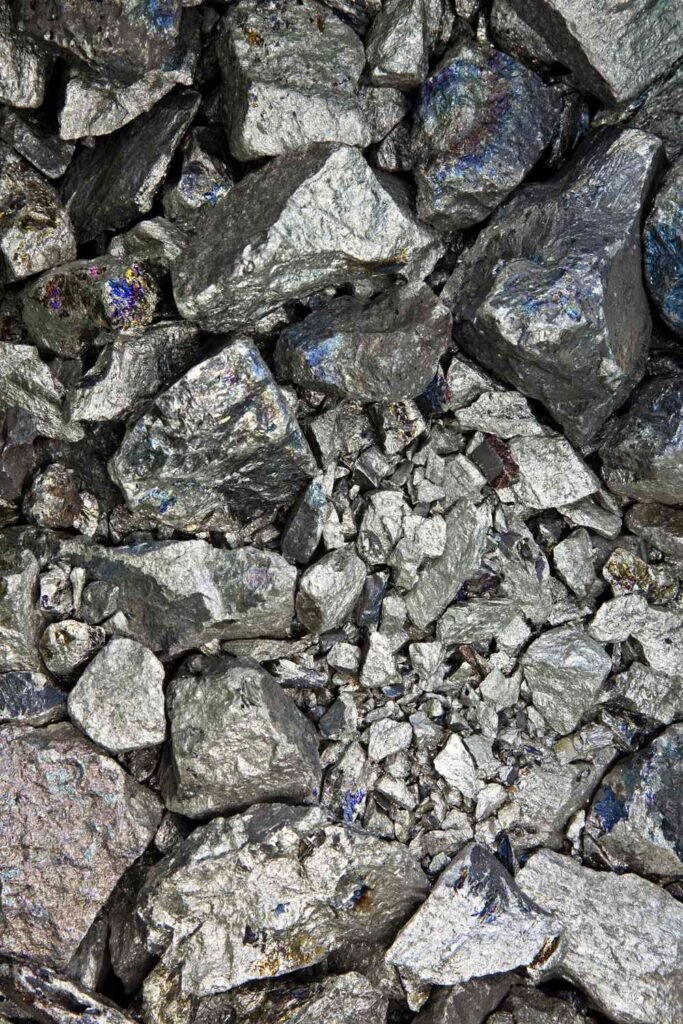
Challenges and Opportunities
Key challenges in the nickel industry include:
- High price volatility
- Environmental concerns related to mining
- Geographical concentration of production
- Dependence of advanced technologies on high-purity nickel
On the other hand, growing demand from battery manufacturing, the expansion of clean technologies, and the rise of the digital economy present promising opportunities for the future of nickel.
The Role of Nickel in Defense and Space Industries
Nickel is critical in the production of advanced military equipment, jet engines, submarines, rockets, and satellites. Nickel-based alloys such as Inconel and Monel are highly resistant to heat, corrosion, and pressure.
In the space industry, nickel is used to build lightweight and durable rocket engine components and thermal insulators. Its importance in defense security and space technology has led many countries to classify nickel as a strategic metal.
Technological Advances.
Technological Advances in Nickel Processing
Innovations such as High Pressure Acid Leaching (HPAL) for extracting nickel from laterite ores have improved processing efficiency.
Hydrometallurgy and biomining (bioleaching) are also emerging as greener and more economical processing methods, enhancing final product quality while minimizing environmental impact.
Environmental Issues Related to Nickel
Nickel extraction—especially from laterite ores—can lead to water and soil contamination and ecosystem degradation.
Prolonged exposure to nickel in industrial settings may also pose health risks such as respiratory and skin conditions.
Complying with international environmental standards and developing clean technologies are essential for the sustainable development of this industry.

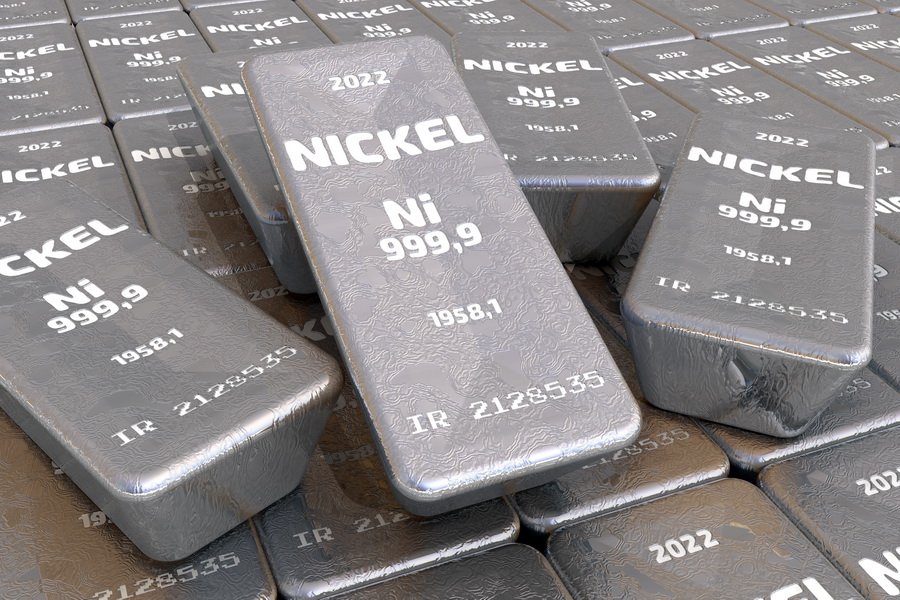
The Future of Nickel in a Smart and Digital World
Nickel plays a role in manufacturing computer chips, IoT (Internet of Things) devices, 5G communication networks, and AI infrastructure.
High-energy-density batteries used in autonomous vehicles, drones, and smart energy storage systems also rely heavily on nickel.
As such, along with cobalt, lithium, and copper, nickel is becoming one of the foundational metals of the digital economy and the intelligent future.
Final Conclusion
Nickel is more than just an industrial metal—it is a key element in sustainable development, energy security, technological innovation, and digital transformation. With smart investments in exploration, processing, recycling, and the development of advanced applications, countries can fully capitalize on the wide range of opportunities offered by nickel.
The strategic importance of nickel will undoubtedly grow in the coming decades, and competition for access to sustainable resources will be a central focus of global industrial policy.
Featured projects
How Can We Help
+(971) 55 325 5338
info@steelbridgeco.com
All Services
what we do.
Services, Products and Solutions

Solar Power Plant Investment
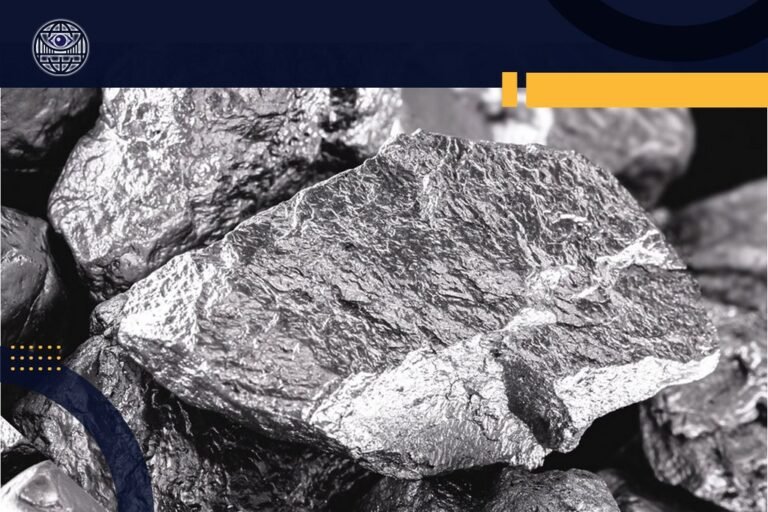
Cobalt

Nickel
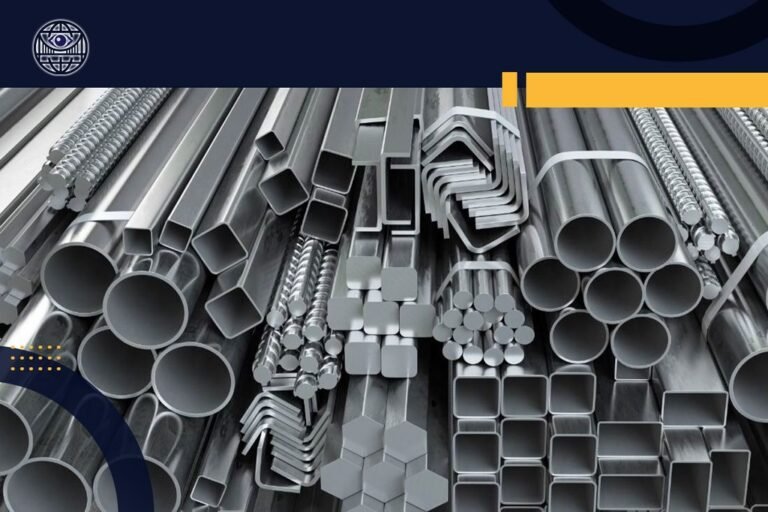
Aluminum and Copper

Phosphate





